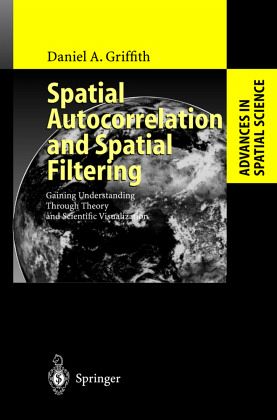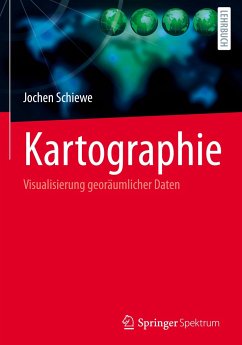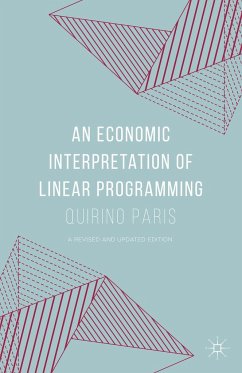
Spatial Autocorrelation and Spatial Filtering
Gaining Understanding Through Theory and Scientific Visualization
Versandkostenfrei!
Versandfertig in 1-2 Wochen
160,49 €
inkl. MwSt.
Weitere Ausgaben:

PAYBACK Punkte
0 °P sammeln!
Advances in Spatial Science This series of books is dedicated to reporting on recent advances in spatial science. It contains scientific studies focusing on spatial phenomena, utilising theoretical frameworks, analytical methods, and empirical procedures specifically designed for spatial analysis. The series brings together innovative spatial research utilising concepts, perspectives, and methods with a relevance to both basic science and policy making. The aim is to present advances in spatial science to an informed readership in universities, research organisations, and policy-making institutions throughout the world. The type of material considered for publication in the series includes: - Monographs of theoretical and applied research in spatial science; - State-of-the-art volumes in areas of basic research; - Reports of innovative theories and methods in spatial science; - Tightly edited reports form specially organised research seminars. Manuscripts must be prepared in accordance with the guidelines for authors and editors that may be obtained from Springer-Verlag. Manuscripts considered for the series will be reviewed by independent experts to ensure their originality, scientific level, and international policy relevance.
Exploiting the old maxim that "a picture is worth a thousand words," scientific visualization may be defined as the transformation of numerical scientific data into informative graphical displays. It introduces a nonverbal model into subdisciplines that hitherto employed mostly or only mathematical or verbal-conceptual models. The focus of this monograph is on how scientific visualization can help revolutionize the manner in which the tendencies for (dis)similar numerical values to cluster together in location on a map are explored and analyzed, affording spatial data analyses that are better understood, presented, and used. In doing so, the concept known as spatial autocorrelation - which characterizes these tendencies and is one of the key features of georeferenced data, or data tagged to the earth's surface - is further de-mystified. This self-correlation arises from relative locations in geographic space.














